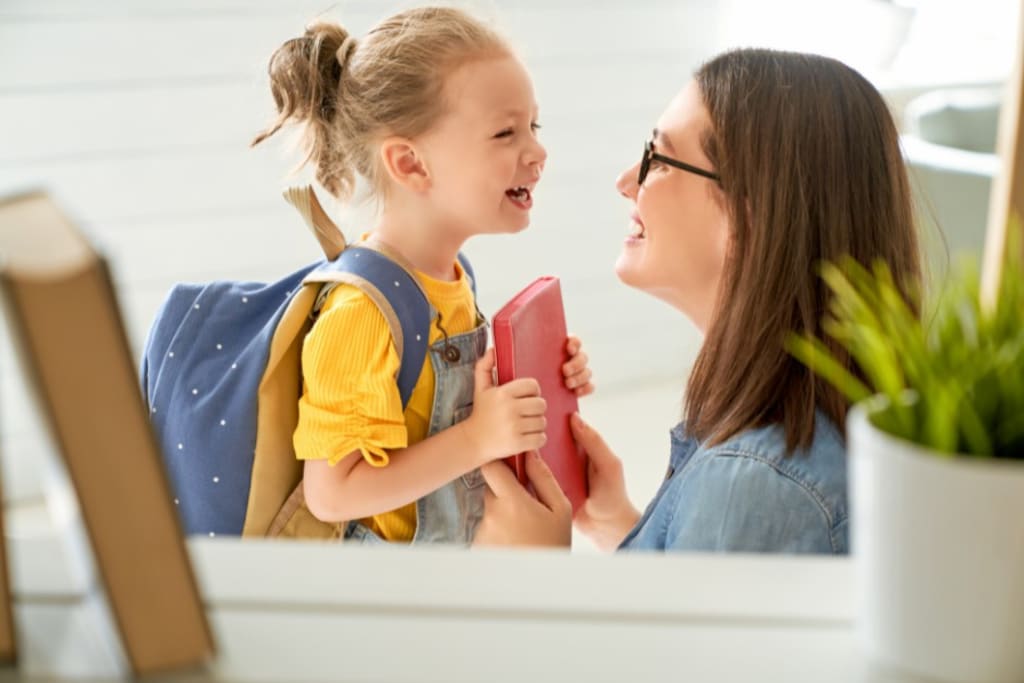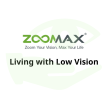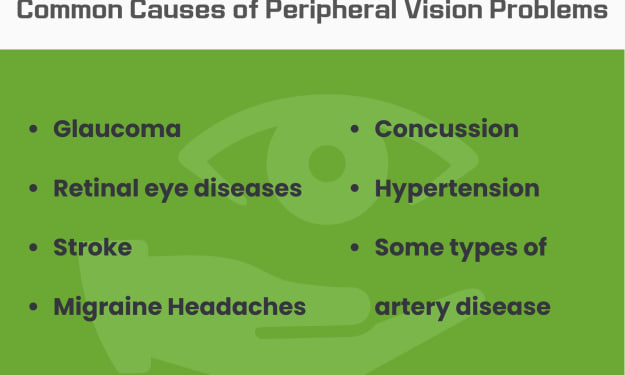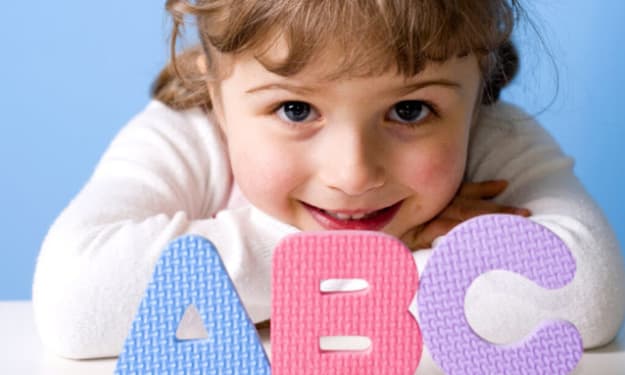Preparation for Primary School Students with Low Vision
Preparation for Primary School Students with Low Vision

In this article, we'll embark on a journey to understand how we can best prepare primary school students with vision loss for success in the classroom. We'll explore the different types of vision loss, discuss the importance of open communication with educators, delve into the creation of a supportive and inclusive learning environment, and discover how modern assistive technology can revolutionize their educational experience.
Together, these elements form a tapestry of support and empowerment, aimed at equipping these remarkable young individuals to shine academically and embrace their educational path with confidence and enthusiasm.
Common Types Of Vision Loss In Primary School
Primary school is a time of growth and learning, especially for young children whose visual abilities are still developing. At this age, children are more susceptible to vision issues, and unhealthy visual habits can potentially lead to vision loss. Some common types of vision loss that primary school students may encounter include peripheral vision loss and central vision loss. It's crucial to recognize that young students are at an age where they are exploring the world around them, and their visual habits are still taking shape. Unhealthy eye habits during these formative years can have a significant impact on their eye health.
Primary School Students with Low Vision
First and foremost, it's crucial to differentiate between various levels of visual impairment. Many primary school students fall into the category of "low vision," which means they have some degree of residual vision. Low vision encompasses a range of visual acuity, from mild to moderate impairment. Students with low vision often have difficulty reading small print, discerning details from a distance, or coping with varying lighting conditions.
Peripheral Vision Loss
One common vision issue that primary school students might face is peripheral vision loss. This condition affects their ability to see objects on the sides of their visual field. Factors such as eye injuries or certain medical conditions can contribute to peripheral vision loss. Primary school students, due to their younger age, often have less self-control when it comes to their visual habits. Their environment at home and in school plays a significant role in shaping these habits. Therefore, parents and teachers can play a vital role in guiding them toward healthy visual practices.
Central Vision Loss
Central vision loss, on the other hand, primarily impacts a child's ability to see objects in the center of their visual field. Conditions like macular degeneration or diabetic retinopathy can lead to central vision loss, even in primary school students. Since young children are at an age where their visual habits and environment are heavily influenced by their families and schools, it becomes even more critical to foster healthy habits and provide necessary support.
Common Eye Diseases in Primary School
Common eye diseases among primary school students include myopia, astigmatism, amblyopia, strabismus, allergic conjunctivitis, eye fatigue, and conjunctivitis. These eye diseases are relatively common among elementary school students and have a variety of causes. Myopia may be caused by the fact that they need to read, write homework and participate in classroom activities for a long time, resulting in excessive use of their eyes at close range. Astigmatism is often associated with uneven curvature of the retina during childhood eye development. Amblyopia often develops in childhood and requires early treatment. ..
How To Prepare For The New Semester
Preparing primary school students for a new semester involves understanding their unique characteristics and vulnerabilities. These young learners are at an age where they are still developing self-control and their visual habits. Unlike older students, they may have shorter attention spans and are more influenced by their surroundings, including their families and schools. Here are some strategies to ensure they are ready for the academic challenges ahead while considering their age and developmental stage.
- Effective Communication with Teachers
- Balanced Daily Timetable
- Building Focusing Stamina
- Visual Aid Preparation
Assistive Technology For The Visually Impaired
In the modern world, assistive technology plays a vital role in empowering students with low vision. Devices like Zoomax's Luna 6 and Luna 8 are excellent choices for primary school students with low vision. Their portability and user-friendly interfaces make them valuable tools for enhancing the learning process...
See more: Preparation for Primary School Students with Low Vision
About the Creator
Zoomax-Living with Low Vision
ZOOMAX is a high-tech low vision solution company focusing on the research and development of the high quality low vision aids.






Comments
There are no comments for this story
Be the first to respond and start the conversation.